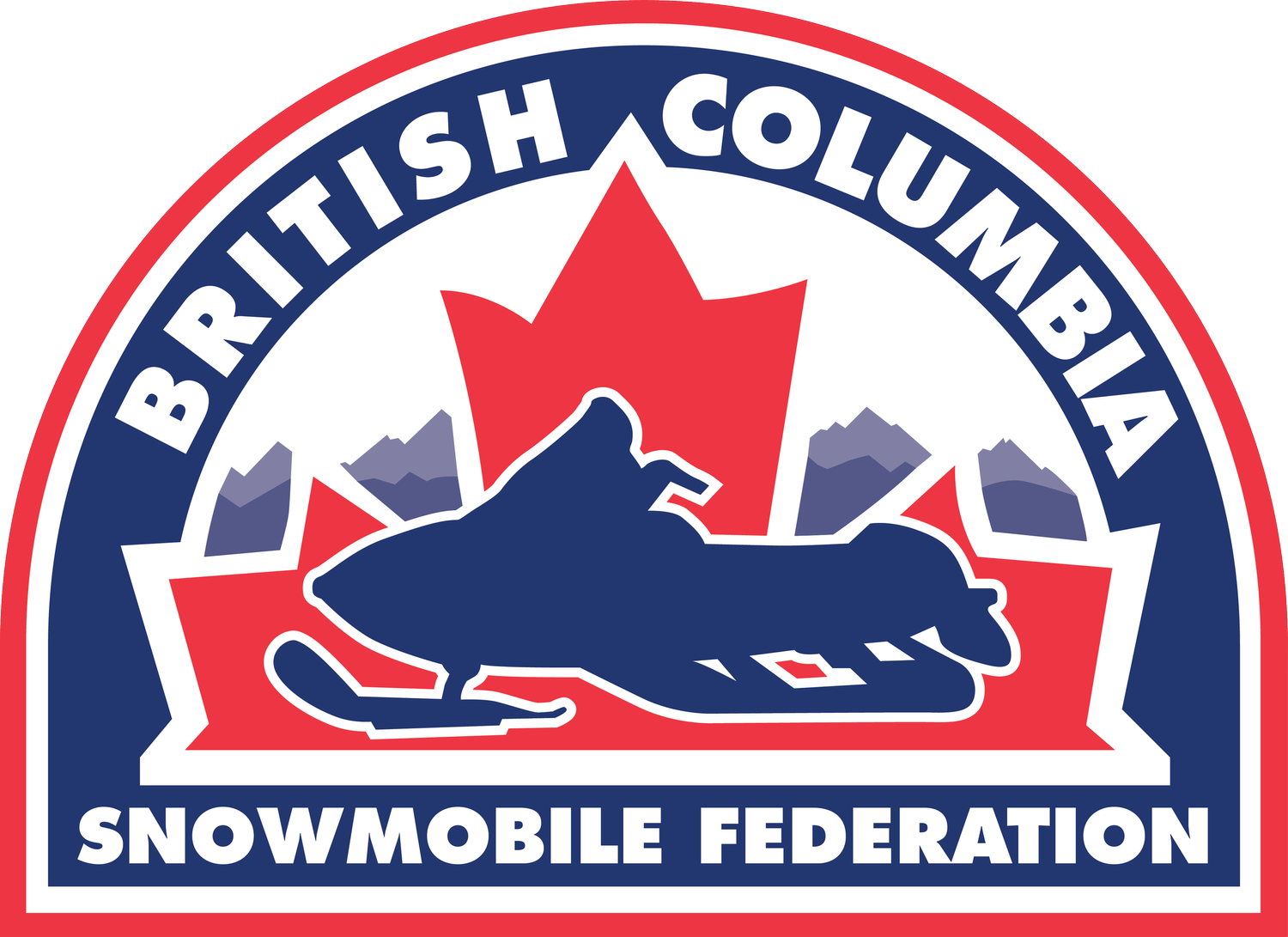Balancing Winter Recreation and Caribou Conservation: Changes to Snowmobile Closures in British Columbia
British Columbia is home to an iconic and cherished animal species, the mountain caribou. These animals have evolved to survive harsh winters in the high-elevation mountains, where they stand on top of deep snowpacks to feed on lichen. However, these same habitats have received pressure from wildfires, industry, and increased popularity among winter recreationists, leading to additional stressors for the species.
Winter is a critical time for caribou, especially when the cows are pregnant. Lichen provides them with the energy necessary for gestation and to survive until spring. However, caribou are under overall nutritional stress throughout winter, and the margins of winter survival and developing healthy calves are narrow under the best of conditions.
The province of British Columbia is responsible for the recovery of caribou, which are listed as threatened on the Federal Species at Risk Act. The British Columbia Snowmobile Federation (BCSF) is committed to working with stakeholders to mitigate potential snowmobile recreation related disturbances by supporting evidence-based recovery efforts under the Adaptive Management Plan.
ADAPTIVE MANAGEMENT PLAN SUCCESS
Potential disturbances can arise when snowmobilers and caribou utilize the same terrain at the same time. Therefore, the Adaptive Management Plan framework seeks to move public recreation boundaries in response to where the caribou are, ensuring that snowmobiling can continue where it does not impact caribou recovery efforts.
The BCSF is working together with stakeholders to leverage technology and data-driven openings. The first application of this framework was in the Creston Salmo Pass, where the herd was extirpated, and the area reopened to snowmobiling under permit. The first fully adaptive management area is in the Central Selkirks – Trout Lake/Nakusp area where collars on caribou open and close snowmobile areas each day. This maintains the spatial separation required to support caribou recovery while also providing quality snowmobile opportunities in the region. This same technique was applied to areas in the South Peace Winter Motorized Recreation Plan and is hoped to be considered in other areas where collar density can support this innovative access management tool.
In December 2022, this work resulted in the repeal of the Frisby voluntary closure after it was identified that caribou had not used the area for several years. The legislated closure at the back of Frisby has now also been lifted as of April 2023.
By tracking the herd’s location using data transmitted by GPS collars worn by some of the caribou in the Central Selkirk herd, provincial biologists can now keep some parts of the Central Selkirk Snowmobile Management Area closed to snowmobiling, while keeping other parts that contain no caribou open.
BOURNE GLACIER, BISCHOFF AND THE COLUMBIA NORTH HERD
If we are to lean on the success of the Adaptive Management Plan related to the opening of snowmobile areas, it also means accepting data-driven evidence that prescribes snowmobile closures in others. These are hard conversations. While there may be a perceived loss of riding terrain in a certain area, the result is a transparent decision-making process that promotes herd recovery while maximizing the overall terrain available for snowmobile recreation in British Columbia.
The 2022 census data showed the Columbia North Herd, located north of Revelstoke, is showing positive signs of recovery following significant work, including aggressive predator control, road restoration, reduction in moose numbers with increased harvest, and protection from industry. Population numbers are now as high as what was observed in the mid-1990s.
A small area at the South End of the herd range, being referred to as ‘The Hub’ has become key to the Columbia North herd’s recovery. The Hub has the best habitat available to them, and as their numbers are growing, it is an area they are using more frequently. There is a small amount of snowmobiling in the Bischoff and Bourne Glacier area, which unfortunately is in the center of the Hub.
In the future, as the caribou population grows, we expect the species will increase reliance and use in these ranges. As such, a regulation amendment to the existing snowmobile closure area boundaries will mitigate potential winter disturbance in the Hub and ensures this recovery trend continues.
The BC Snowmobile Federation would like to take this opportunity to thank the hundreds of hours contributed by stakeholders towards the adoption of the Adaptive Management Framework. This is a success story of the public and government working together to reach our collective goals. Snowmobilers have an important role to play in its continued success. Not only is it a privilege to have a seat at the table when these difficult discussions are taking place, but it is our responsibility to actively participate in the protection of the lands we enjoy.
If you would like more information about this release please contact:
Donegal Wilson, Executive Director
BC Snowmobile Federation
(250) 499-5117
Email dwilson@bcsf.org


